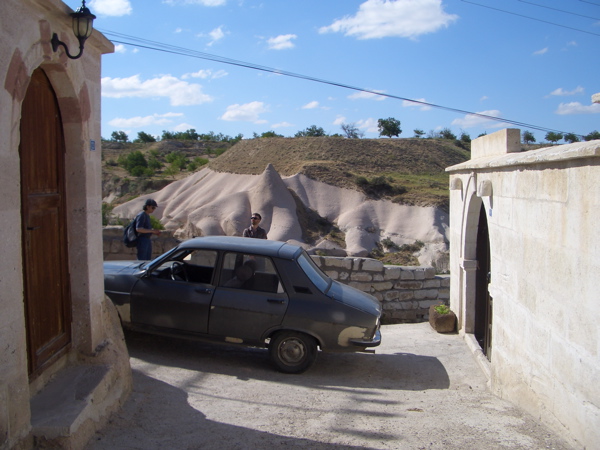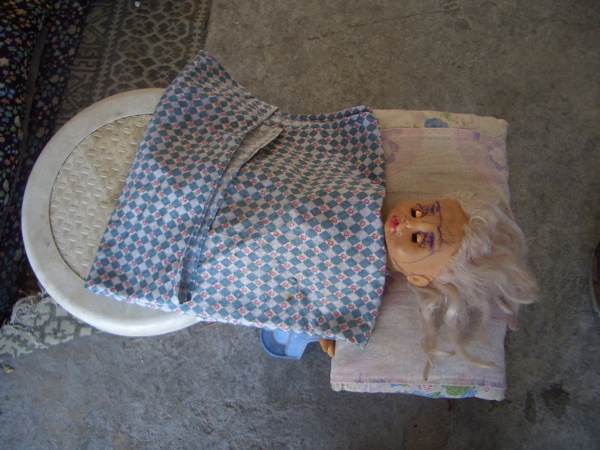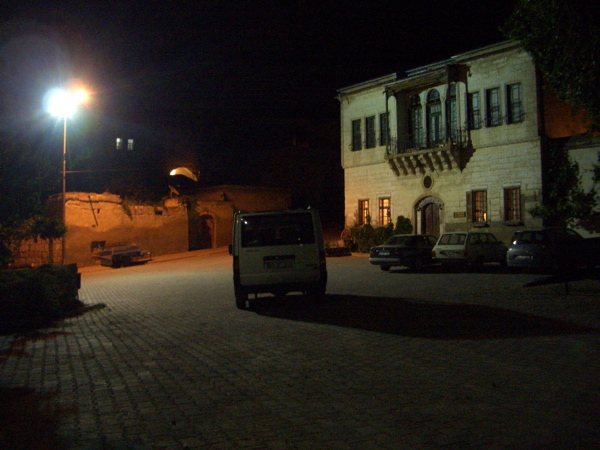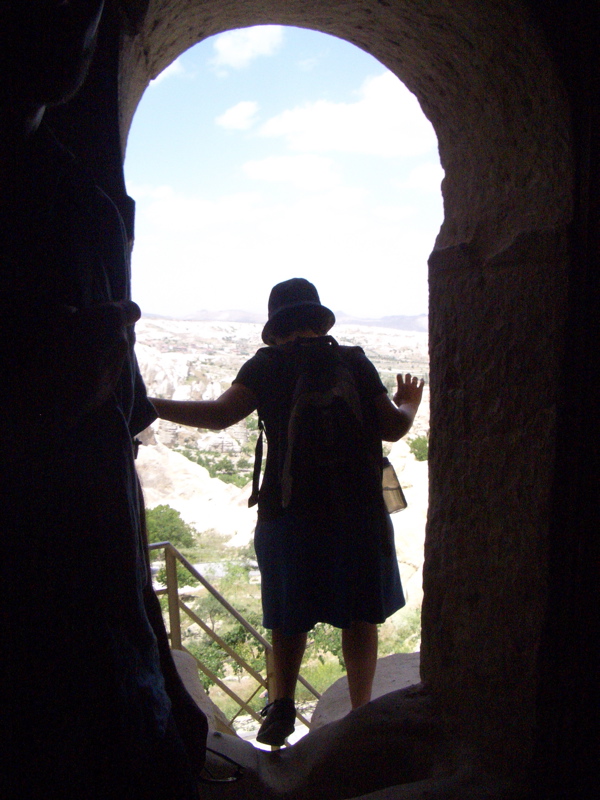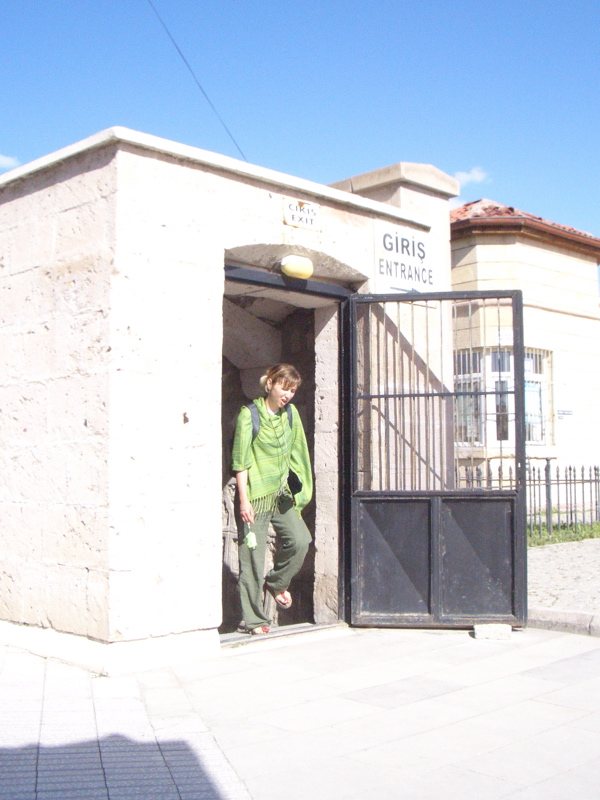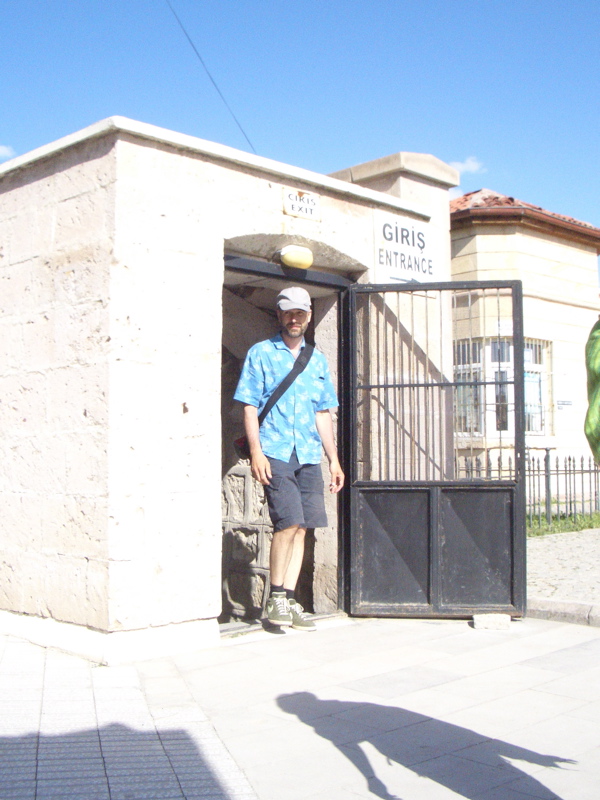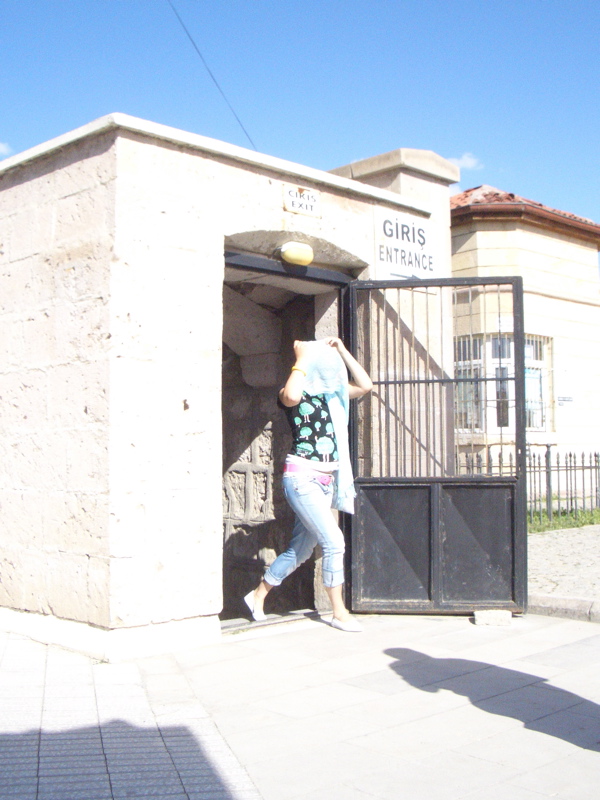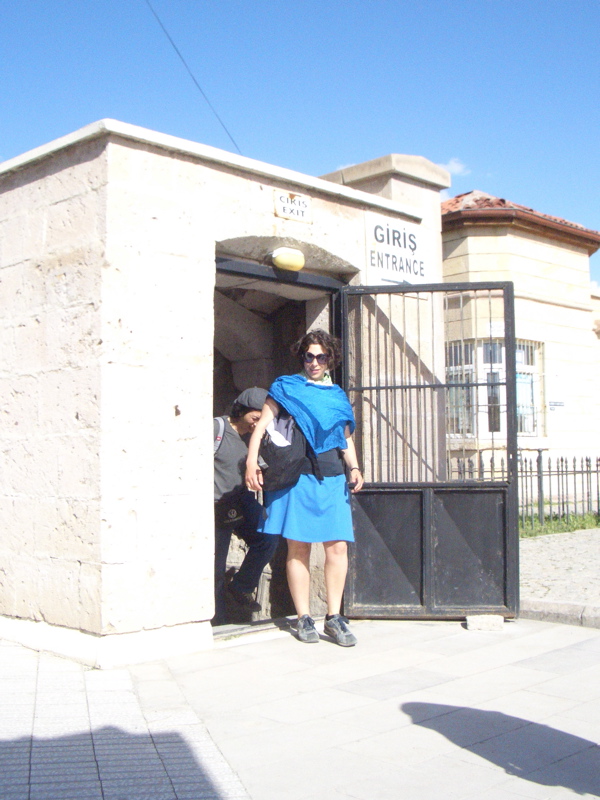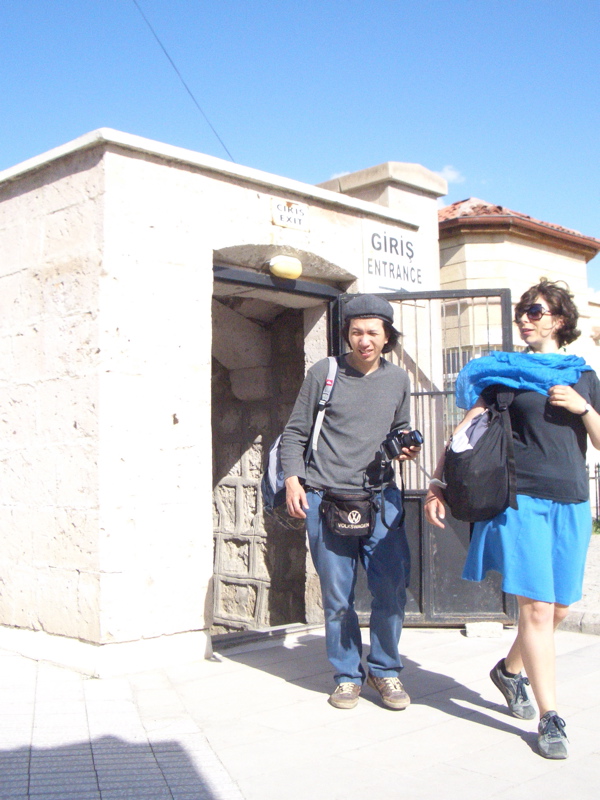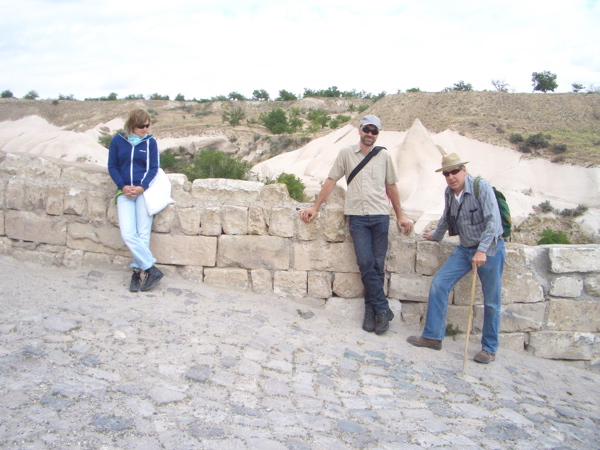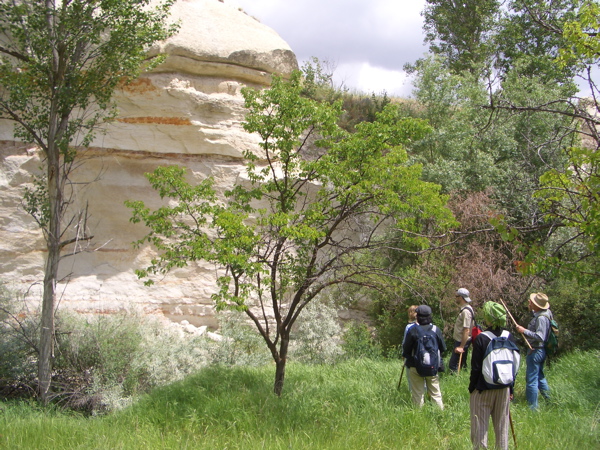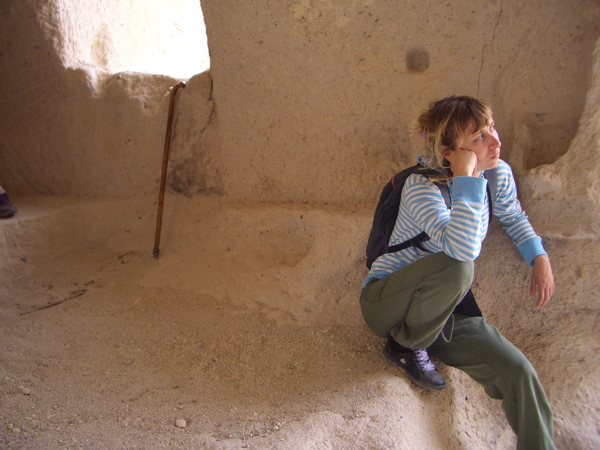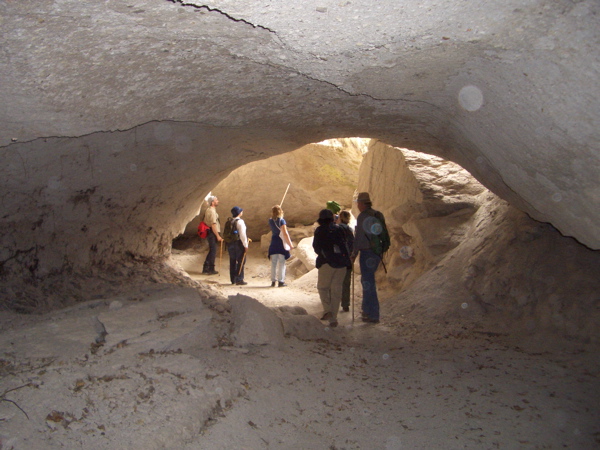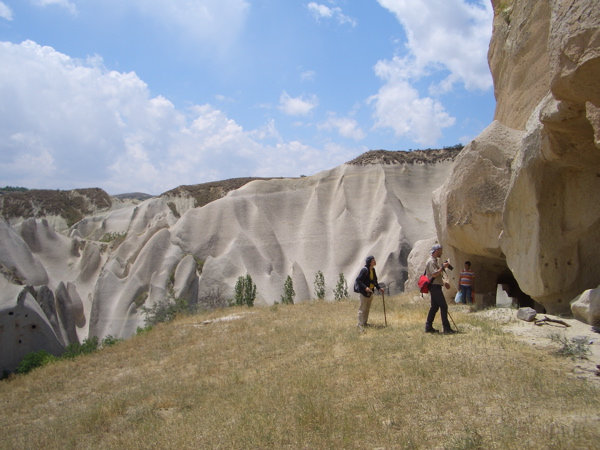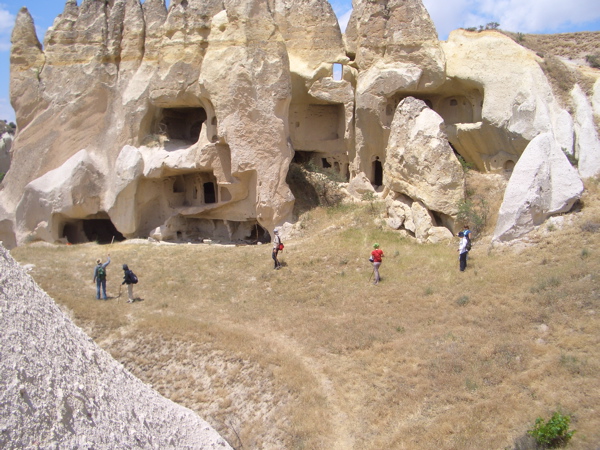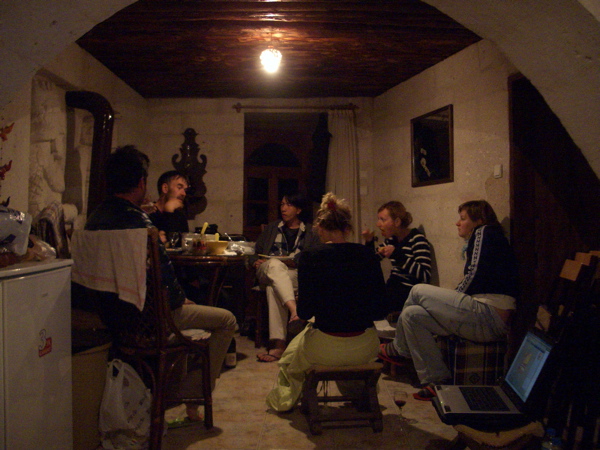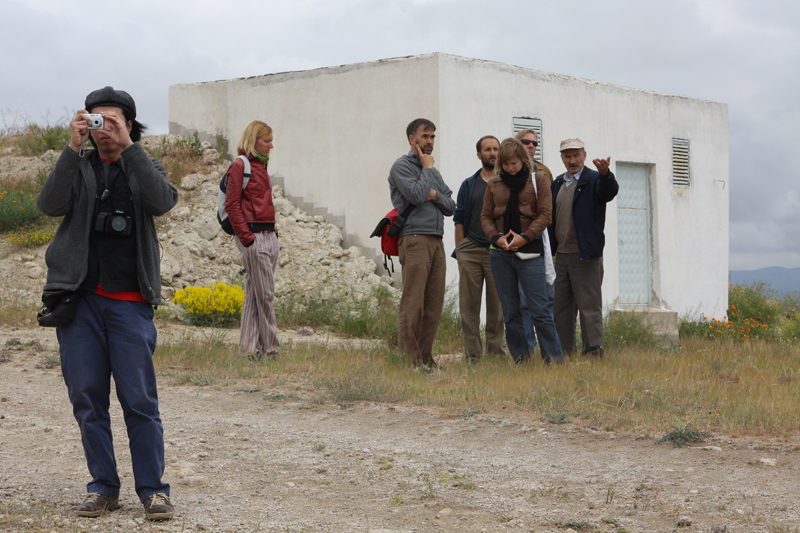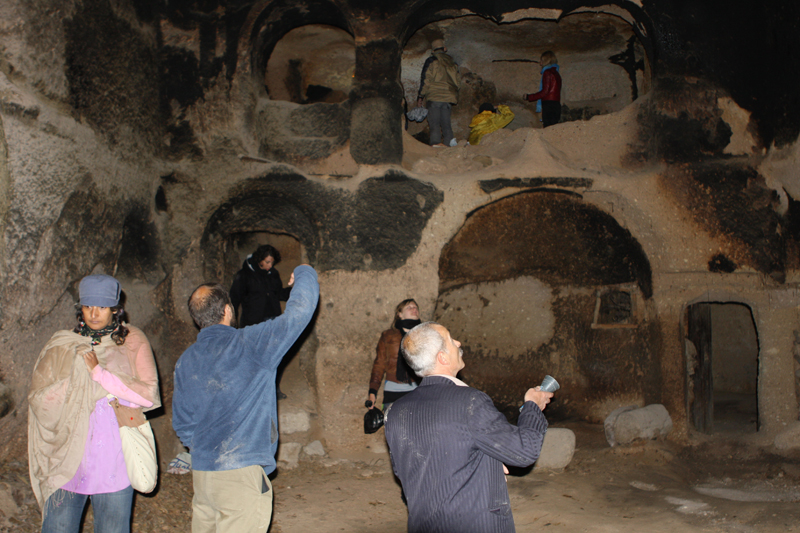NEW START for all DAI students
Posted by Florian; February 20th, 2009DAI project for CAPPADOCIA
THE TASK FOR THE DAI-STUDENTS
Generate an idea and propose a plan for an artwork dealing with the situations and problems connected to the water and garbage in the area.
Depending on the forwarded ideas we will set up a planning for a trip to Cappadocia to realize the works and later find possibilities and venues to exhibit the work.
THE REGION
Cappadocia is a region in central Turkey, east of Ankara. It is a tourist area because of its long and culturally diverse history and it’s beautiful landscape with oddly shaped rocks and pillars carved by erosion from the soft volcanic rock. In medieval times numerous monasteries were carved into the rock of the edges of the numerous valleys.
THE WATER
The region is relatively rich in water supply. Because of it’s high altitude there is significant snowfall in winter. The water drains into the soft rock and fills the groundwater deposits. The farmers used to be able to dig tunnels into the sides of the valleys to access water veins.
There is also a significant river, the Kizilirmak coming from the East of Turkey. But a lot of its water is used industrially in the region’s capital further upstream and recently it is tapped for drinking water for Ankara. Additionally use in very wasteful irrigation systems for agriculture drains the water resources. The ground water level keeps declining and the wells have to be dug deeper and deeper.
THE VILLAGE
Ibrahimpasa is a small village on the border of the real tourist area with a very slow undisturbed village life. It lies on the rocks above the narrow valley with a small stream running below. The houses are partially carved into the rock, partially built from the same material, so that they look like growing out of the rock.
THE VALLEY
The winding valley beneath the village has very steep cliffs, the stream on the bottom is in spring just about a meter wide, it might even dry up in summer.
THE GARBAGE
The villagers above used to just drop their - completely organic - into the valley. Since more and more plastic and other non-degradable material is used and the number of butchers in the village grew, the garbage disposal into the valley has become a problem.
THE WASTEWATER
Before the village was connected to running water, villagers had to get their water at the wells. Now the domestic wastewater is emptied into the valley without any cleaning.
THE PEOPLE
The people in the village are mainly small farmers. They live very traditional, the village square and it’s two tea houses are reserved for the men, the women rather use the side streets and sit together in front of their houses. There is very little tourism in this village. A few people from outside bought some of the old houses and have renovated them extensively.
Willemijn Bouwman, a Dutch artist has a beautiful house in the rock with a small B&B and an artist residence. She is also the driving force behind the initiative to find a solution for the garbage and wastewater problems. Her husband Paul Broekman took us on a walk down the valley, showing us remnants of old monasteries and other interesting sites. Mehmet Ali (the unofficial mayor) was our main source of information. He seems to be the historian of the village and has a house full of antiques.
THE SOLUTION FOR THE WASTE WATER
The proposed solution to deal with the wastewater of the village is a wetland that cleans the water in an ecological way. The initiative is already quite far in realizing the wetland. This also serves as a pilot project and model for other villages in the area.


